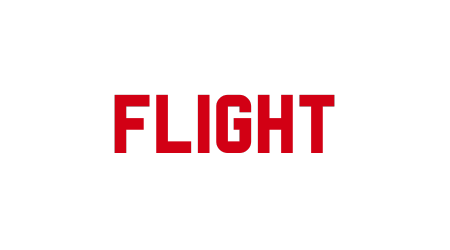Flight Music for Kids
Rhythm Cards
Rhythm Cards
Couldn't load pickup availability
Rhythm cards are a teaching aid widely used in music education to help students visualize and master different rhythmic patterns. These cards are a very useful tool for music education, especially in children's music teaching and special education, because they are able to convey rhythmic concepts in music through simple symbols and images. Rhythm cards are usually designed to be very intuitive, allowing students to quickly understand basic musical rhythms and deepen their perception and understanding through practical operations. The following will introduce the role, application scenarios and advantages of rhythm cards in detail.
Basic structure of a rhythm card
Rhythm cards are usually paper or plastic cards with rhythm symbols printed on them. These symbols represent different rhythmic patterns in music. Common symbols include quarter notes, eighth notes, rests, etc. These symbols can appear alone or in combination on the card to form a complete rhythmic pattern. Different rhythm cards may be designed for different musical difficulties, from simple beats to more complex rhythm combinations.
Some rhythm cards may also use colors or patterns to further help students distinguish between different rhythm lengths. For example, colors can be used to distinguish long from short notes, or patterns can be used to indicate different ways of striking the note. This visual design is particularly suitable for young students or students with special needs, making it easier for them to understand and imitate.
Application scenarios of rhythm cards
1. Children's music education
Rhythm cards are a very popular tool in children's music education. Musical notation and rhythm can be difficult for young children to understand in the abstract, but rhythm cards make these abstract concepts concrete and visual. By looking at the rhythm symbols on the cards, children can quickly understand how to play the rhythm and imitate the rhythm on the cards by clapping, tapping instruments or pedaling their feet.
This teaching method can stimulate children's interest because it is not only theoretical learning, but also combined with practical operations. Through repeated practice, children can gradually master different rhythmic patterns, which is very important for their basic music education. In addition, rhythm cards can help children develop a good sense of rhythm and auditory recognition ability, which is very helpful for learning other musical instruments such as piano, guitar, etc.
2. Special Education
Rhythm cards also have very important applications in special education. Many students with learning disabilities, autism or other special needs have a weak understanding of abstract concepts, and rhythm cards can help these students better understand rhythm through intuitive visual stimulation. These cards often use bright colors and simple patterns to enhance students' concentration, and the rhythmic patterns on the cards can be adjusted according to students' abilities, from simple to complex.
During the teaching process, teachers can use rhythm cards as an interactive tool, asking students to imitate the rhythms on the cards in turn, and gradually increase the difficulty as they progress. This not only improves students' musical abilities, but also promotes the development of their hand-eye coordination and concentration. Therefore, rhythm cards are often used in the fields of music therapy and special education as an important tool to help students develop their perception and motor coordination.
3. Music therapy
Rhythm cards are also an important tool in music therapy. Music therapists often use rhythm cards to help patients with rhythm training. For some patients, rhythm training can improve their mood, reduce anxiety, or promote coordinated body movements. For example, some patients with Parkinson's disease can train their limb movement coordination by listening to the rhythm, and the rhythm cards can help them understand the rhythm changes more intuitively and improve their motor skills through repeated practice.
In addition, music therapy is often used in psychotherapy to help patients express their emotions through music. Rhythm training can help patients relieve stress and improve their concentration and emotional stability through rhythmic music activities. Rhythm cards play a guiding role in this process, helping patients follow a fixed pattern to perform activities and thus achieve therapeutic effects.
Advantages of rhythm cards
1. Easy to understand
The rhythm cards are designed to be simple enough for both children and adults to understand. This intuitive teaching aid eliminates students' fear of complex musical scores and is especially suitable for music beginners. Students can learn basic music concepts by imitating the rhythms on the cards without learning music theory.
2. Strong flexibility
Rhythm cards can be flexibly combined and applied according to students' learning needs. Teachers can choose appropriate rhythm cards for teaching according to students' age and music comprehension ability, and gradually increase the difficulty. The cards can be used individually or combined into a complete rhythm exercise, giving you great flexibility.
3. Interesting
The use of rhythm cards is often combined with some icebreaker games or music games, so that students can learn rhythm in a relaxed and enjoyable atmosphere. This fun way of learning can stimulate students' interest and make them more willing to participate in music learning, which is very important, especially for young children or students with special needs.
4. Strong practicality
Through rhythm cards, students can deepen their understanding of rhythm through practical operations. They learn not only through vision, but also by clapping, tapping instruments or dictating to imitate the rhythm. This multi-sensory learning method helps improve their memory and learning effects.
Share


